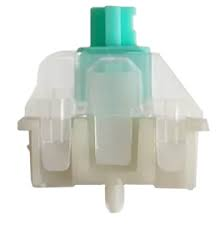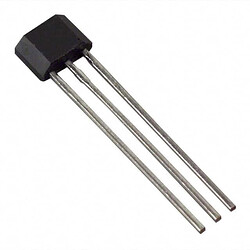I’ve also thought about the idea of a DIY Eigenharp. What I partly like about it is the sheer size and presence, like a cello or a bass clarinet. Having a large number of complex mechanical keys would make it an expensive project though. Multi-axis squishy buttons like the Exquis or Striso are certainly one way to go.
You might find some more tips in this thread.
This includes a link by Piers to a discussion on the Axoloti forum where he described a version of the mechanism, but the link’s not working. IIRC it described a criss-cross array of strips of velostat. There’s also a bit of info in section 6.1 of this doc:
I found quite a promising and affordable combination of keys and sensor for a Hall-effect key mechanism, but not a multi-axis one. Could be useful for velocity or Lumatone-like expression though.


Wooting Lekker with OH49E.
The Wiggler also uses Hall effect.